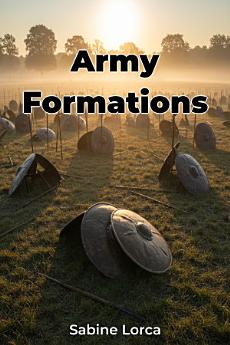Army Formations
About this ebook
One intriguing aspect is the analysis of how formations affect morale and command and control, highlighting that a unit's structure is as important as individual bravery. The book progresses chronologically, from ancient phalanxes to modern maneuver warfare tactics, dedicating chapters to influential formations like the Roman legion and Napoleonic line infantry. Each formation's strengths and weaknesses are analyzed through historical accounts and battle analysis, emphasizing the critical role of adaptability.
A key insight is that rigid adherence to outdated formations, regardless of past successes, often leads to defeat, showcasing the importance of military strategy and military science. The book uniquely integrates historical analysis with modern tactical theory, making it valuable for both military historians and those interested in the future of warfare.







